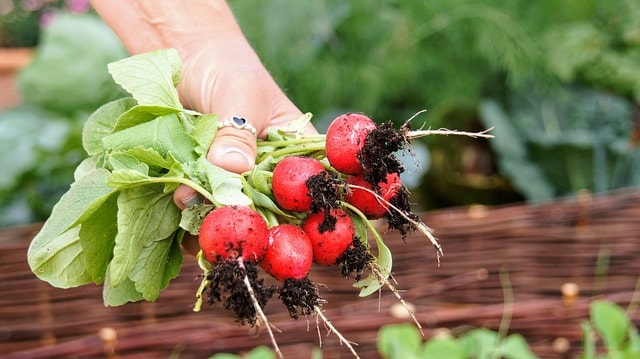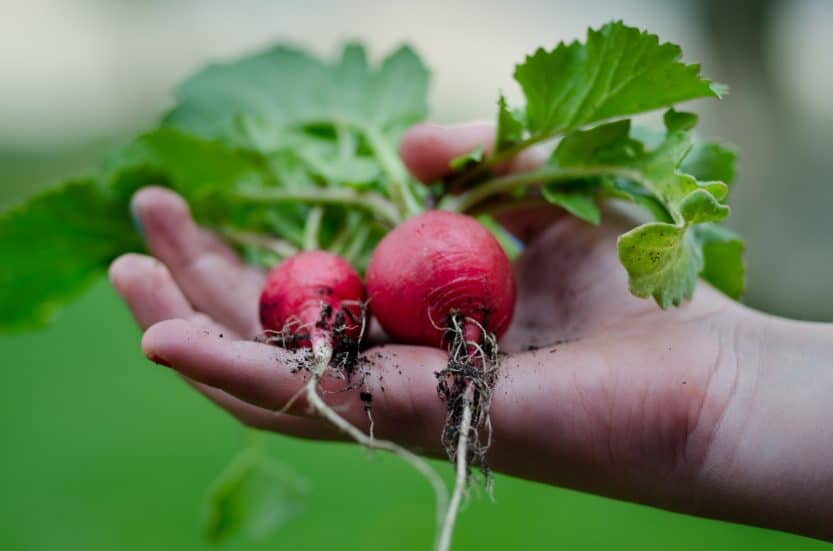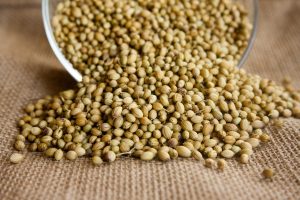If you’ve started a radish garden or are considering planting some, understanding the proper techniques for harvesting radishes will ensure you enjoy the best of your crop. Here’s everything you need to know!
When to Harvest Radishes

Timing is critical when it comes to harvesting radishes. The exact time will depend on the variety you are growing, but most radishes mature within 25 to 60 days. Here are some signs that your radishes are ready for harvest:
Size: Generally, radishes are considered ready when they reach about an inch in diameter, although some varieties may grow larger. Check the seed packet for specific size recommendations.
Color: Look for vibrant colors that indicate ripeness. For example, red varieties should have a bright red hue, while white varieties will be white or cream.
Days to Maturity: Pay attention to the number of days indicated on the seed packet. This gives you a good baseline for harvesting time.
Signs of Cracking: If the radish tops begin to crack, it’s a clear indicator that they are overdue for harvest.
Taste Test: If you’re unsure, pull one radish, slice it, and taste it. If it’s crisp and flavorful, it’s time to harvest the rest.
How to Harvest Radishes
Harvesting radishes is straightforward and can be done with minimal tools. Here are the steps to follow:
Watering: Water the radish bed a few hours before you plan to harvest. This softens the soil and makes it easier to pull the radishes out without damaging them.
Gentle Pulling: Grasp the leaves near the base of the stem and gently pull upward. If the radish is firmly rooted, you may need to wiggle it back and forth to help loosen it from the soil.
Using Tools: For radishes that are stubborn, a garden fork or spade can help. Carefully insert the tool a few inches away from the radish and lift it while supporting the leaves.
Avoiding Damage: Be careful not to bruise or break the roots. Damage to the radish can lead to quicker spoilage.
Cleaning: Once harvested, remove dirt by rinsing them under cool water. Trim any excess leaves but leave a small portion to help retain moisture.
Storing Radishes
Proper storage will help you maintain the freshness of your harvested radishes:
Refrigeration: Store radishes in the refrigerator crisper drawer. Place them in a perforated plastic bag or wrap them in a damp paper towel to keep them hydrated.
Duration: Freshly harvested radishes can last up to two weeks when stored correctly. Over time, they may become soft and lose their crunch, so try to use them as soon as possible.
Leave Roots Attached: If you cut the leaves too short, radishes may go limp more quickly. Leaving about an inch of stem can help them stay fresher.
Common Challenges When Harvesting Radishes
Even with the best care, you may encounter some challenges when harvesting radishes:
Pests: Keep an eye out for pests like aphids or flea beetles, which can damage the leaves and overall health of your plants. Organic insecticides or companion planting can help mitigate these issues.
Diseases: Fungal infections can cause issues, particularly in damp conditions. Ensure good air circulation around your radish plants and avoid watering the leaves in the evening.
Poor Growth: If your radishes aren’t growing properly, check soil quality and ensure they are not overcrowded. Thin seedlings to give them space to develop.
Conclusion
Harvesting radishes can be a rewarding experience, showcasing the fruits (or roots!) of your labor. With their quick growth cycle and adaptability, radishes are an excellent choice for gardeners looking to enjoy a fresh harvest in a short amount of time. By following the tips above, you’ll not only ensure a bountiful crop but also enhance your culinary creations with this crunchy, colorful vegetable.





